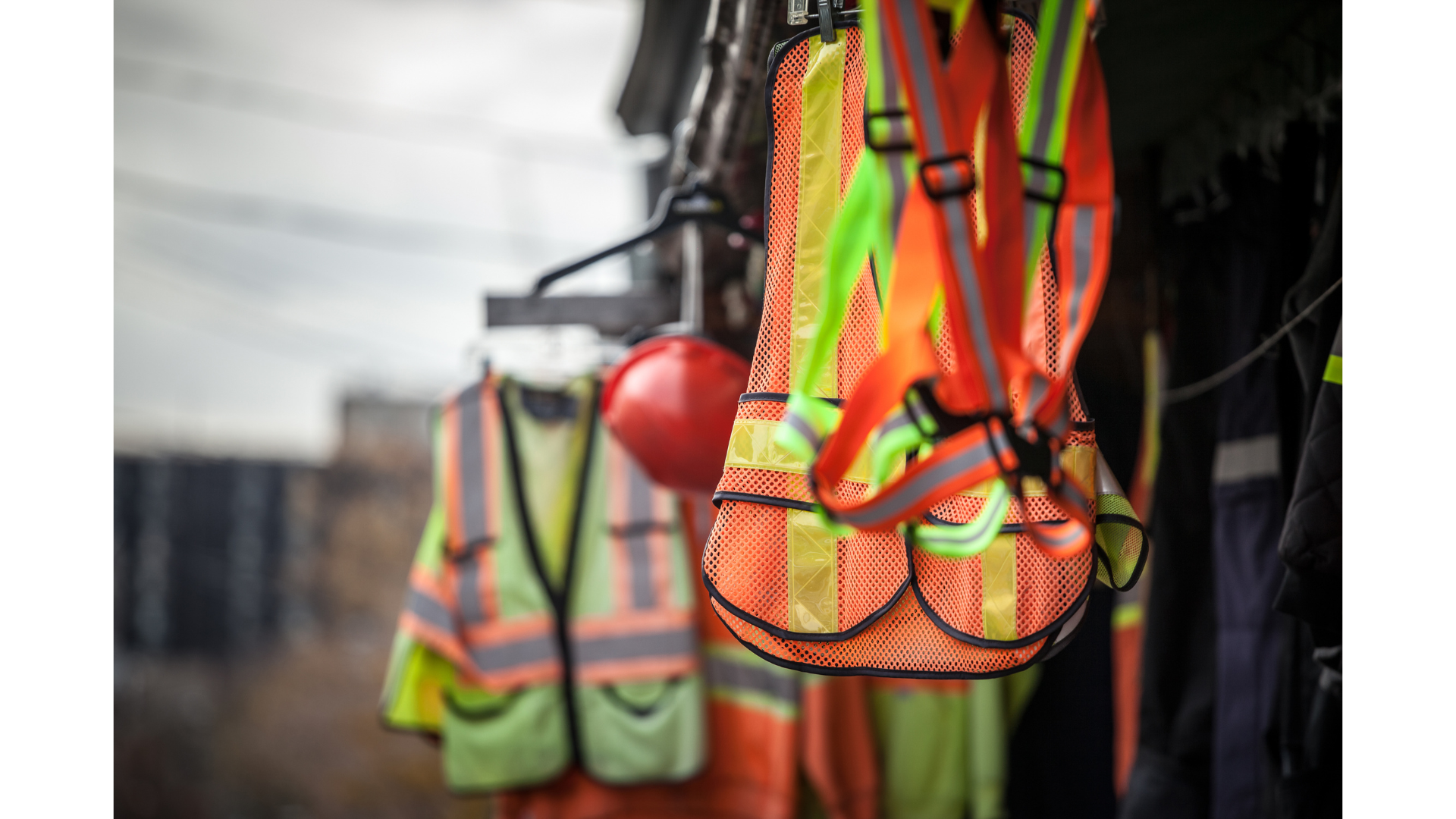On 6 September 2025, the British Standards Institution (BSI) published BS 30417:2025 Provision of Inclusive Personal Protective Equipment (PPE) – Guide. This landmark standard aims to ensure PPE is equitably safe for all workers, addressing long-standing issues such as ill-fitting boots, oversized gloves and protective gear that fails to meet the needs of women, minorities and those with differing physical requirements.
The standard gives structured guidance for selecting, procuring, using, maintaining and replacing PPE with inclusivity at its core. It is intended for employers, procurement teams, manufacturers, health and safety professionals and workers. BS 30417 builds on BSI’s earlier white paper Enabling the Provision of Inclusive PPE, as well as consultation workshops and public feedback.
The document defines inclusive PPE as equipment that protects without creating secondary risks or barriers based on gender, body shape, disability, or cultural and religious needs. It stresses fit, adjustment and comfort, recommending multiple sizes and adjustable designs so no worker is disadvantaged. Procurement, it argues, should be inclusive by design and not adapted as an afterthought.
Sandi Rhys Jones OBE, FCIOB, Past President of the Chartered Institute of Building, said: “Like many women in construction, I have spent years trying to get properly fitting PPE. Hard hats that sat on my nose, boots that did not fit, and gloves that made it impossible to work were common. This standard is not about pink hard hats or extra-small high visibility clothing, it is about fundamental safety. It is essential for an industry serious about attracting and keeping the people it needs.”
Rebecca Harris, SHEQ Director at OCL, said: “Ill-fitting PPE can actively put people at risk. Women on site have had to wear trousers three feet too long, turning safety gear into trip hazards. That is not acceptable in 2025. PPE should fit the person, not the other way around. BS 30417 is a huge step forward in recognising that inclusive PPE is not a nice to have, it is a safety essential.”
Ill-fitting PPE does more than cause discomfort. It can fail to protect. Gloves that are too big reduce grip, poor hearing protection may be worn incorrectly, and headgear designed for male averages can leave others exposed. Beyond physical risks, a lack of inclusive PPE undermines equity and retention in the workforce.
Research shows over 80 per cent of women report at least one problem with PPE, with some experiencing injuries or leaving roles as a result. Properly fitting PPE reduces fatigue, prevents unsafe workarounds and allows workers to focus on their tasks. The standard complements existing PPE regulations by clarifying what “fit for purpose” means in a diverse workforce.
The innovation lies in formalising inclusivity as a requirement. Gender, body shape, disability and religion are now embedded into PPE provision, with feedback loops and documentation ensuring design decisions reflect real user data. It also establishes a shared framework for procurement and design, encouraging suppliers to offer a wider range of sizes and forms.
Adopting BS 30417 may involve higher procurement costs, supply chain adaptation and cultural change. Employers will need to audit current PPE stock, review procurement policies and involve workers in fit testing and feedback. Clear monitoring systems and budgeting will be vital, but companies may benefit from fewer injuries, less downtime and improved retention.
BS 30417 reflects wider campaigns such as PPE that Fits and initiatives by the Considerate Constructors Scheme, which now requires women’s PPE on its sites. The new standard is both cultural and practical. It moves the industry from protecting everyone the same way to protecting everyone appropriately. Its success will depend on how seriously employers and suppliers embrace it. For many, it formalises what should already have been best practice.




